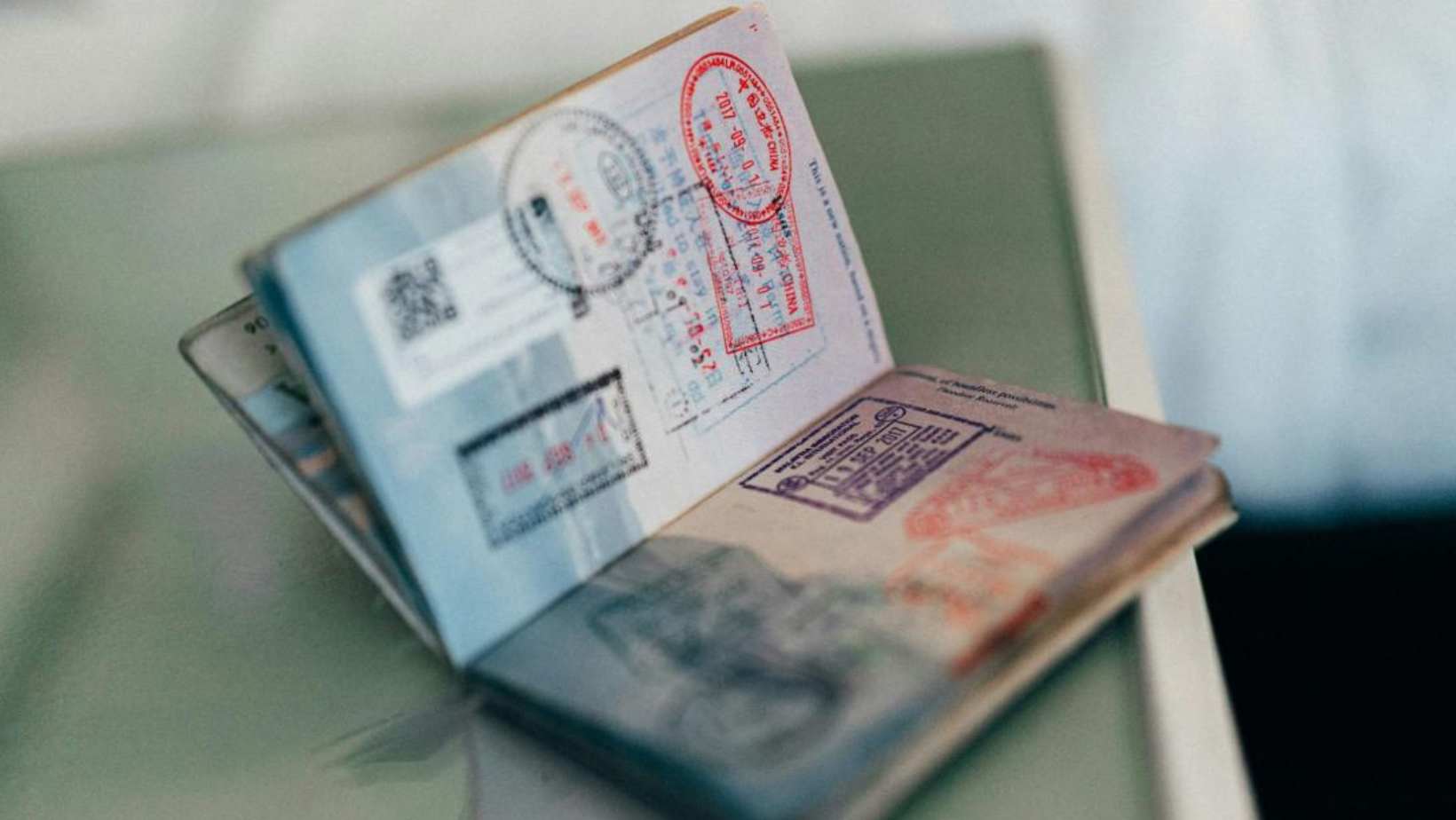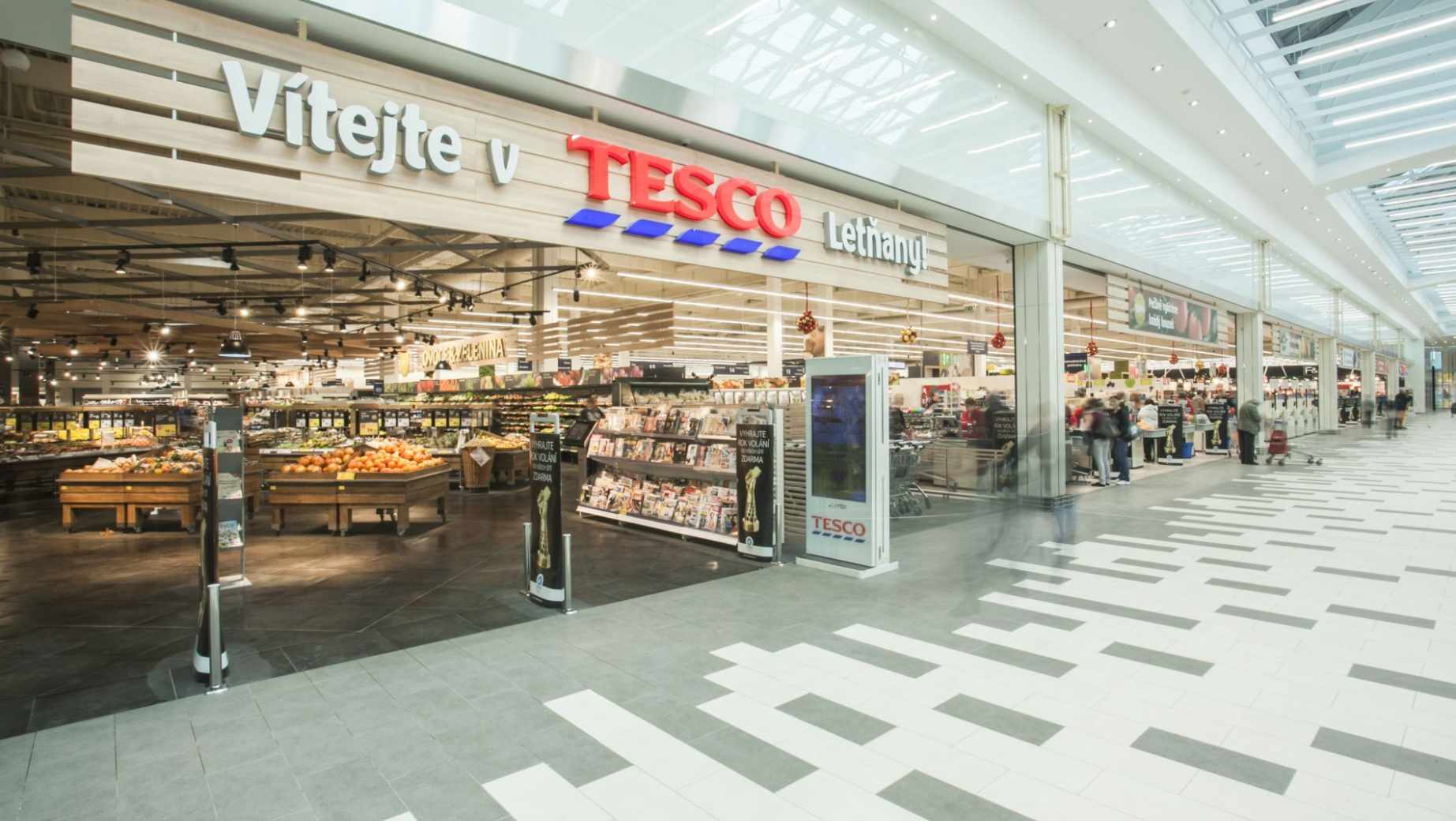On This Day in 1968: Prague Spring Was Ended by a Soviet Invasion
Prague Morning
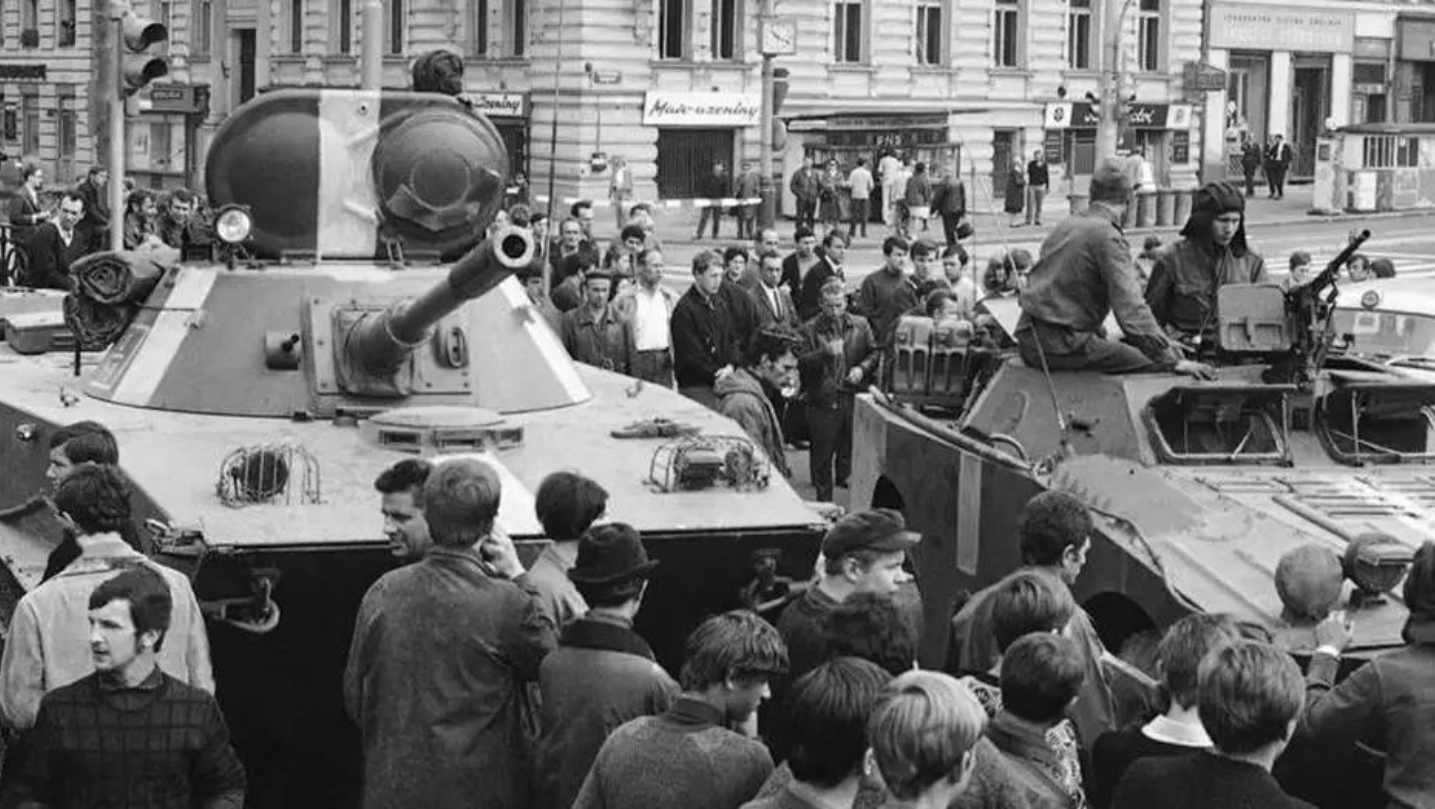
Soviet tanks led the way as more than 200,000 Warsaw Pact troops marched into the Czechoslovak capital during the night of August 20, 1968, ending the Prague Spring at the behest of the rulers in Moscow.
The number of occupying troops would total more than 500,000, and the invasion would put an end to the dream of a European socialism based on freedom — above all freedom of expression.
When he took office as the first secretary of the Communist Party of Czechoslovakia at the beginning of 1968, Alexander Dubcek began allowing journalists to ignore the official censorship orders.
He supported free and democratic socialism in the hope that Soviet leaders in Moscow would allow the Czechoslovak Socialist Republic (CSSR) to forge its own way in the Kremlin-dominated Eastern bloc. But, ultimately, there was a greater fear that more freedom in the CSSR could lead to upheaval in neighboring Soviet-aligned countries.
“Operation Danube” was the largest military mobilisation in Europe since the end of World War II.
Soviet leader Leonid Brezhnev’s official reason for the 1968 invasion was to protect Czechoslovakia from corrupt Western influences attempting to interfere with socialism by “creating a counterrevolution.”
The Soviets claimed that Czechoslovak politicians had asked for their help and protection, a claim that remains controversial.
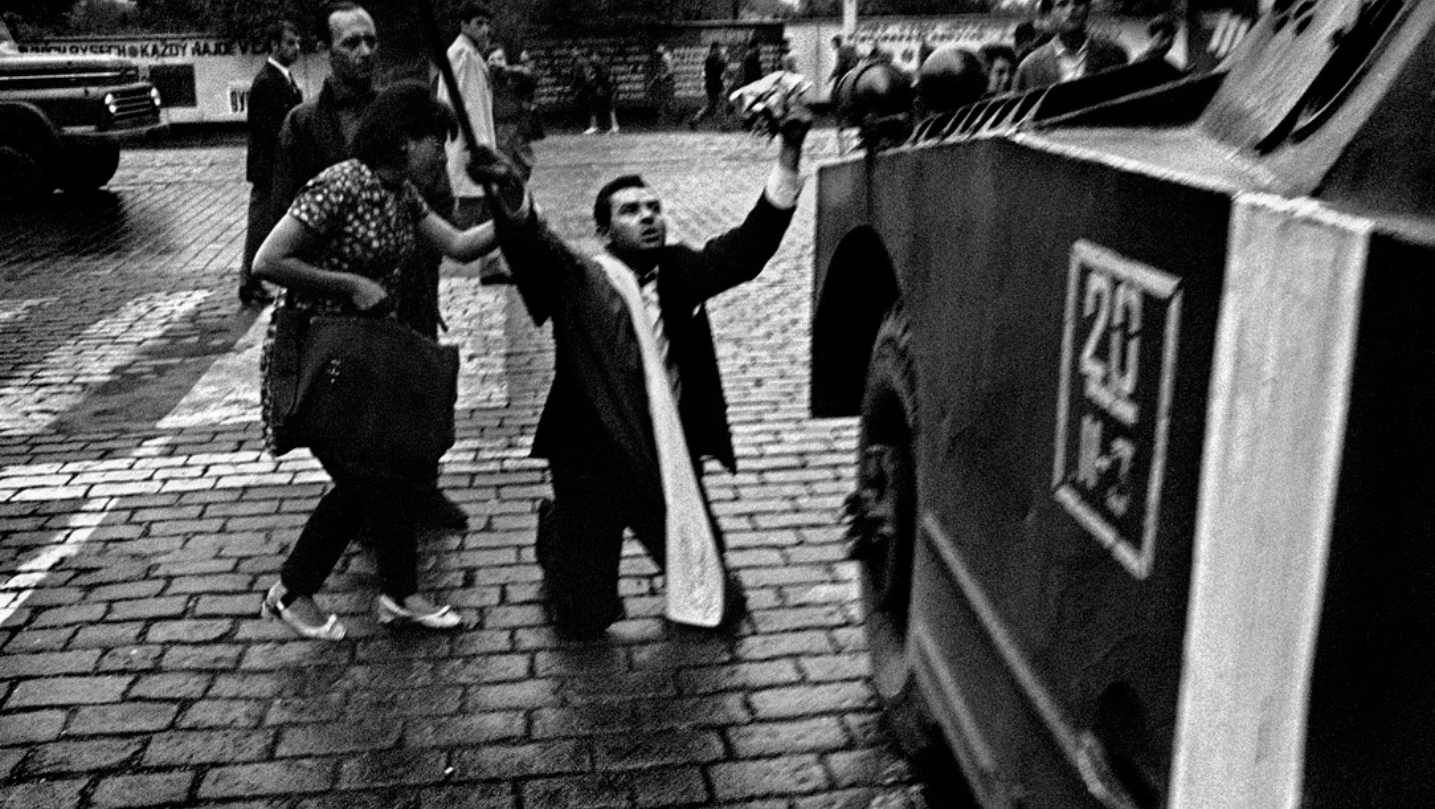
Josef Koudelka | Invasion 68: Prague Invasion by Warsaw Pact troops. Prague, Czechoslovakia. August, 1968. © Josef Koudelka | Magnum Photos

Josef Koudelka | Invasion 68: Prague Invasion by Warsaw Pact troops. Prague, Czechoslovakia. August, 1968. © Josef Koudelka | Magnum Photos
Rebellion
At around 1am local time on August 21, the presidium of the Central Committee of the Communist Party of Czechoslovakia issued a statement calling on “all citizens of the Republic to keep the peace and not resist the advancing armies, because the defence of our state borders is now impossible”.
The army was told to remain in barracks and not intervene.
But ordinary Czechoslovak citizens poured into the streets in acts of resistance, confronting the soldiers directly and surrounding tanks in Prague and other cities. Students and others gathered on the capital’s main Wenceslas Square, stringing up banners calling for “Svoboda” (Freedom) and expressing support for Dubcek and his government. Crowds chanted, “Dub-cek! Svo-bo-da!”
Many residents began gathering in front of the Radio Prague building, where clashes left more than a dozen dead. By 8am the building had been occupied by Soviet soldiers.
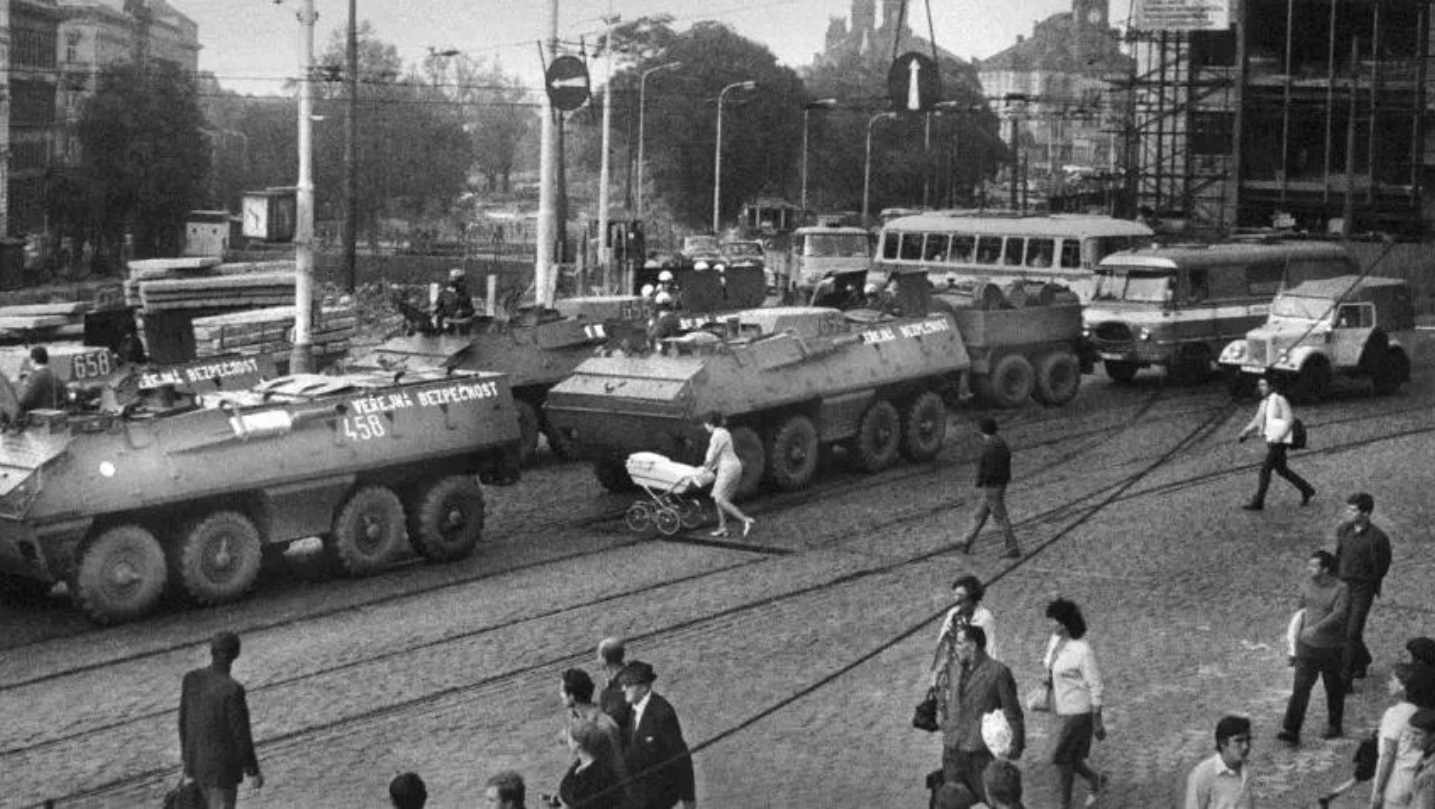
Accounts of how many people were killed in the Warsaw Pact invasion vary widely. A previously secret Czech interior ministry report published in 1990 revealed that 82 people were killed and 300 seriously wounded in the invasion, most of them shot. Last year a team of Czech historians estimated the number of victims at 137.
The Czech leadership’s leading reformers – Dubcek and premier Oldrich Cernik along with Jozef Smrkovsky and Frantisek Kriegel – were quickly arrested and taken to Moscow. They were soon joined by president Ludvik Svoboda, deputy chairman of the government Gustav Husak and others.
After days of secret negotiations the Czech officials returned to Prague, having agreed to Soviet troops being stationed along the Czechoslovak border and reinstating censorship of the press under an agreement known as the Moscow Protocol.
Upon his return, Dubcek gave an emotional radio address in which he announced the curtailment of reforms and urged cooperation. Thus began Czechoslovakia’s period of “normalisation”, which reasserted Kremlin control and returned the country to ideological compliance.
Would you like us to write about your business? Find out more
-
NEWSLETTER
Subscribe for our daily news





